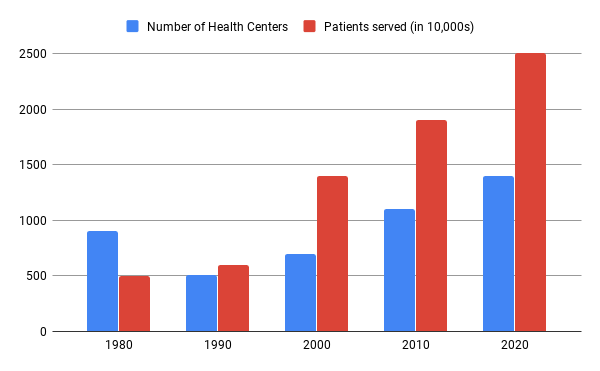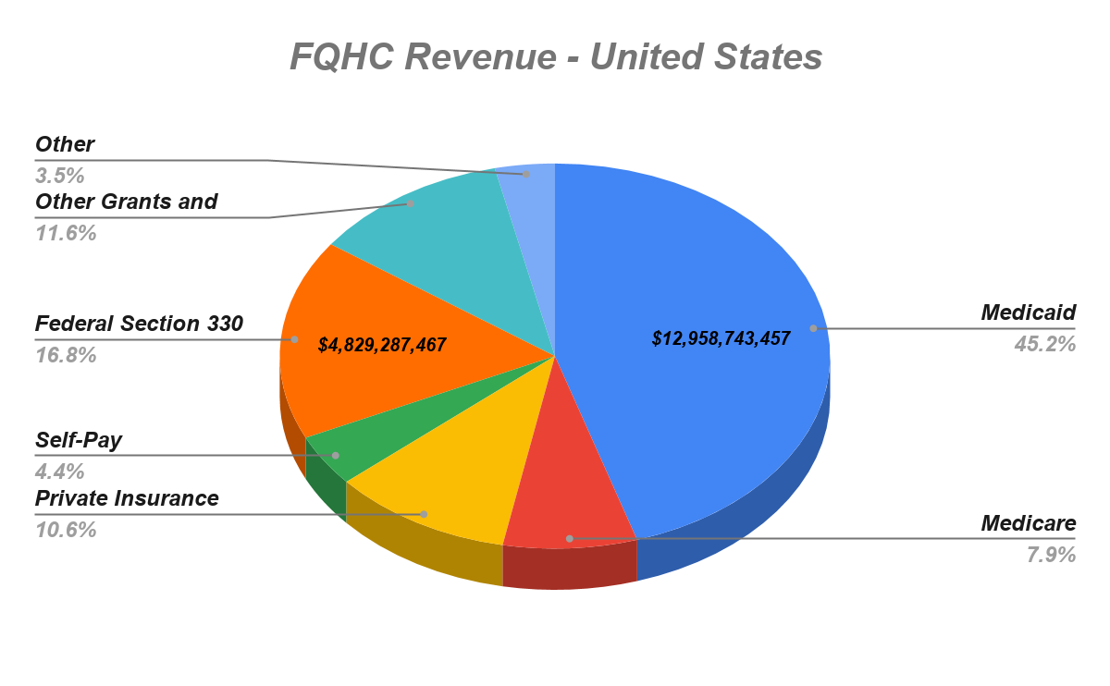Care providers across the United States of America are monetizing Medicare chronic care management billing reimbursement codes to increase revenue from their practice. Read on to find answers to all the most commonly asked questions about patient eligibility, the scope of services, CPT codes and payment reimbursement for Medicare CCM.
Patient Eligibility
FAQ: Are all Medicare patients eligible for CCM reimbursement?
Answer: According to the Centers for Medicare & Medicaid Services (CMS), CCM is for “patients with two or more chronic conditions. A chronic condition is expected to last at least 12 months or the patient’s entire lifetime. The condition should be diagnosed to place the patient at significant risk of death, or functional decline.
FAQ: How can a care provider decide which condition meets CMS’ definition for CCM eligibility?
Answer: CMS has not specified or listed the eligible chronic conditions that meet this definition. CMS does have a databank regarding chronic conditions (http://www.ccwdata.org) that care providers can use. However, this list is very narrow. In general practice, CMS requires a clear communication within the care plan that the chronic conditions being treated post a significant risk of death or functional decline.
FAQ: Are there only certain diagnoses for which the CCM code can be reported?
Answer: There is not a defined list of diagnosis codes that meet the requirements of. What is required is that the chronic conditions place the patient at significant risk of death, acute exacerbation/decompensation, or functional decline and that management requires a care plan. The AAN recognizes patients with two or more of the following conditions may be appropriate for the use of chronic care management services*:
- Neurocognitive disorders including Alzheimer’s disease, Dementia, and Parkinson’s disease
- Stroke with late effects that place the patient at risk for falls, fractures, and aspiration pneumonia
- Poorly controlled diabetes mellitus
FAQ: What about patients who are Medicare beneficiaries but also eligible for Medicaid?
Answer: CMS CPT codes can be used while billing for CCM treatment given to Medicare beneficiaries who are also eligible for Medicaid.
FAQ: How to kick-start the process of bringing a patient under CCM care?
Answer: An initial appointment must be fixed for a comprehensive evaluation of the patient. This is known as a “Welcome to Medicare” visit and includes an initial preventive physical examination. A patient must have received an introduction to Medicare CCM billing in person to be able to bill separately for CCM services. Until the changes made in 2017, a consent form signed by the patient was mandatory during the patient’s initiation into the CCM program. As per the CMS requirement, the consent form is no longer mandatory.
FAQ – Can CCM services be reported if the patient/caregiver has not given consent?
Answer: No. One of the requirements for billing CCM services is “knowledge and recognition by the patient that the physician will perform care management services on the patient’s behalf.” In the event of an audit, documentation of patient consent in the patient record is crucial.
Scope of Services
FAQ: What are the scope of services for CCM reimbursement as defined by CMS?
Answer: CMS defines the scope of CCM services in the following way:
- Provide patients with access to care management services at any time of the day. This means patients should be able to contact the care provider during any emergency or urgent chronic care need 24-hours-a-day, 7-days-a-week. This may be through calls, SMS, email, internet applications or other means agreed upon by the patient and care provider.
- Established care continuity with a designated provider with whom the patient is able to schedule appointments, discuss care plan compliance, report vital stats and discuss any discomfort that arises.
- Creation of a patient-centered care plan document taking into consideration the physical, mental, functional and environmental factors of the patient. This includes an assessment of the support system and resources accessible to the patient.
- Care management for chronic conditions including assessment of patient’s medical, functional, and psychosocial needs. Regular follow-ups to ensure timely receipt of all recommended preventive care services, adherence to the suggested care plan and timely medication.
- Regular follow-up after a patient visits the emergency department, after discharges from the hospital or other healthcare facilities. Coordination with home/community based clinical service providers to support a patient’s care plan adherence.
- Use of certified electronic health record (EHR) and a patient consent form were mandatory until the changes in 2017 which made them optional.
Chronic Care Management CPT Billing Codes and Payment
FAQ: Which CMS Medicare billing codes can be used to bill CCM?
Answer: For the chronic codes that can be billed are below.
| CPT Code | Billing Amount(approx) per consultation | Description |
| CPT99490 | $42 | Min 20min non-face to face time monitoring the care plan |
| CPT99480 | $60 | Min 60min non-face to face consultation time establishing or monitoring a care plan |
| CPT99489 | $47 | To be billed with CPT 99487 for every additional 30 min of non-face to face consultation |
FAQ: Are CCM services subject to Medicare’s co-paying system?
Answer: Yes. After the deductible is met, the 20 percent coinsurance charged to the patient will be about $8 to $9 for a month’s work of CCM with CPT 99490.
FAQ: Can you bill CCM for patients in an assisted living facility?
Answer: According to CMS, CPT code 99490 can be billed only for CCM services provided to a patient who is currently not the inpatient of a hospital. The patient must not be residing in a facility that receives payment from Medicare for that beneficiary.
FAQ: Is billing for CCM services limited to primary care physicians?
Answer: Physicians and Non-Physicians can claim reimbursement by billing for CCM CPT Codes. CCM code is most likely to be billed by primary care physicians. However, specialists, nurse practitioners, physician assistants, clinical nurse specialists and certified nurse midwives who meet the requirements may also bill for these services.
FAQ: Can the non-face-to-face time spent creating the care plan count toward the 20 minutes necessary to bill 99490?
Answer: Yes, it can.
FAQ: What is the difference between chronic care management (99490) and complex chronic care management services (99487, 99489)?
Answer: Complex chronic care management services include the same criteria as the chronic care management service, plus an additional requirement of the establishment or substantial revision of a comprehensive care plan, medical decision-making of moderate to high complexity, and at least 60 minutes of clinical staff time.
Care Plan
FAQ: What does the care plan have to include as required by CMS?
Answer: The plan of care should include details of the following elements:
- Problem list detailing the chronic conditions the patient suffers from
- Expected outcome and the likely course of the disease
- Measurable treatment goals
- Symptom management
- Planned interventions through regular follow-ups and vital data collection from patient
- Medication management depending on any concerns/reactions/improvement reported by the patient
- Care coordination plan between care provider and patient’s caregiver such as family/nurse/community housing etc
- Requirements for periodic review and revision of the care plan as required.
FAQ: Do I have to provide the patient with a copy of the care plan?
Answer: Yes. CMS requires the care provider to share the care plan with the patient in a written or electronic format.











